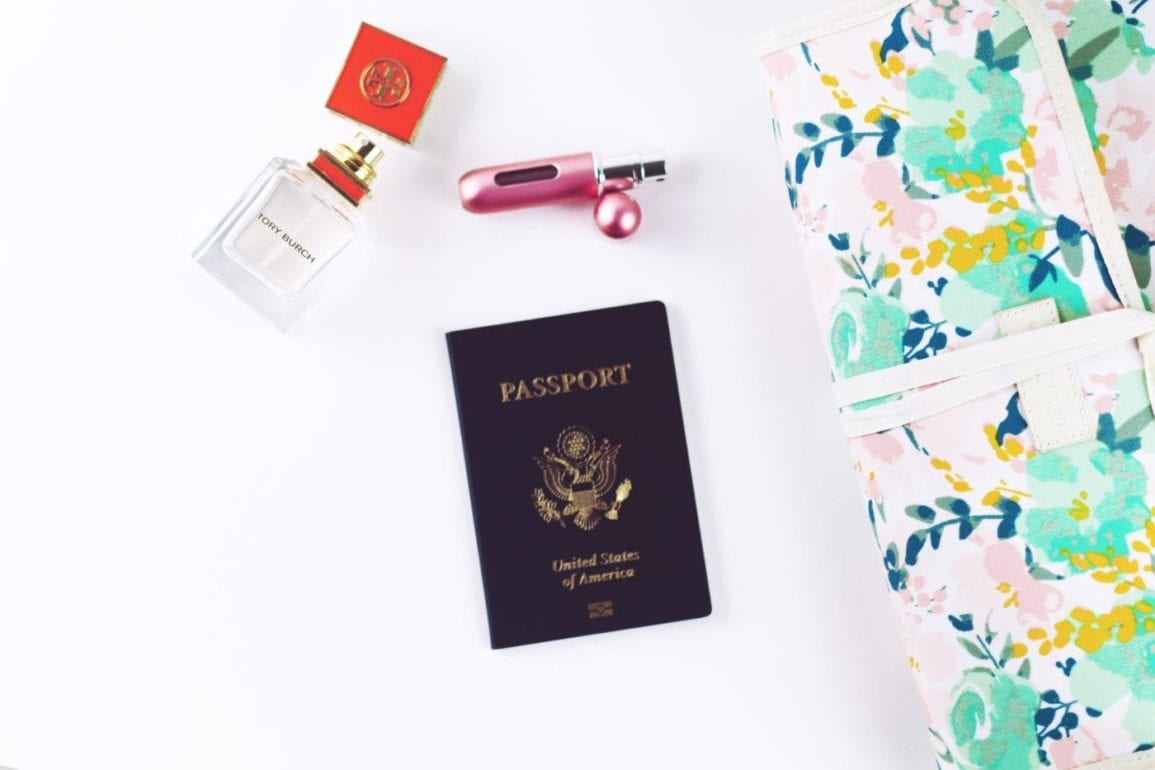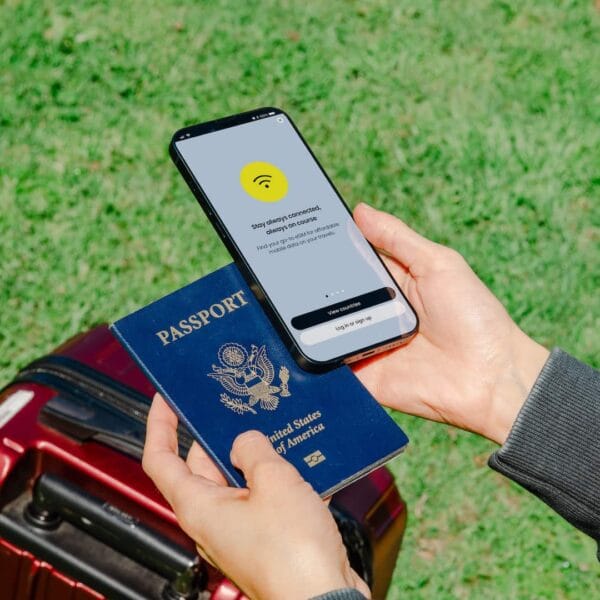Join 10 Magazine Assistant Editor David Carruth as he explores the mysteries of the Korean visa system.
Words by David Carruth, illustrations by James Tucker.
Unless you somehow managed to slip into Korea on a raft or made the very long swim from Tsushima in Japan, and unless you’re one of the short-term visitors, it’s very likely that you’ve gotten cozy with the Korean immigration office.
No doubt, you’re all too familiar with the visa that you hold and its limitations but with a system as complicated as the Korean Visas system, most people don’t know more than a few of the letters swimming in this alphabet soup.
Truth be told, it can be hard to get consistent answers from immigration. Like most organizations, the rules are many and the phone lines are few. Oh, and to add to the confusion, the rules change all the time.
Despite the uncertainty, 10 Magazine has gone to the trouble of answering your questions and satisfying your curiosity about the different types of Korean Visas.
Full List of Korean Visas
With more than 92 different categories of Korean Visas, I’m just going to give you the shortened version. Besides, some of the visas are so particular that there are no more than a handful of people to which they apply. Stick to the ones below, and you can be the go-to guy or gal when your friends start getting their visas mixed up.
“A” Series Visa
If you hear about an A-1, A-2, or A-3, you’re probably dealing with embassy staff or a government official. Think cocktail parties, nuclear negotiations, and diplomatic immunity.
“B” Series Visa
B2 is the stop-over visa. It allows citizens of countries without a visa-free entry agreement to stay in Korea for 30 days before moving on to their next stop.
“C” Series Visa
These short-term visas serve a number of purposes:
- C-2 – for short-term business
- C-3 – for short-term travel
- C-4 – the so-called “summer camp” visa.
“D” Series Visa
- D-2 – Foreign undergrads and grad students get a D (better than an F, right?).
- D-4 – For students at language schools.
- D-7 – These are managers of foreign firms assigned to a branch office in Korea.
- D-8 – Invest W50 million in a Korean company and you get the right to work there.
“E” Series Visa
- E-1 – This is the proud badge of success carried around by foreign professors.
- E-2 – Most native English teachers have this. Sorry, folks, but the “E” doesn’t mean “English.”
- E-6 – The “E” doesn’t stand for “entertainment,” either, but that’s what these folks provide. Singing, dancing, broadcasters and other things better left unsaid.
- E-7 – Somewhat unhelpfully described as people “participating in activities specially designated by the Ministry of Justice.” Translators, programmers, and engineers fall
in this category. A typical work visa sponsored by large companies. - E-9 – Defined as “nonprofessional employment
” and otherwise known as “unskilled labor.” Thereis nearly ten times the number of migrant laborers in Korea as English teachers.
“F” Series Visa
- F-2 – The spouse visa that grants anyone married to a Korean the right to live in the country (and the freedom to work just about anywhere you want).
- F-4 – Often confused with the F-2, this is for Gyopos (ethnic Koreans who are citizens of other countries: Korean-Americans, for example).
- F-5 and F-2-7 -These two permanent residency visas are described in detail above.
“H” Series Visa
- H-1 – With this special “working holiday” visa, young people (18-30 years old) from Specific countries in Europe, Canada, Australia, Japan, and New Zealand can spend a year in Korea working and traveling.
- H-2 – Far and away the largest group of visa holders, these are ethnic Koreans from China, Russia, and other Asian countries working in Korea.
Helpful Tips About Your Korean Visa
1. Make a reservation at hikorea.go.kr before showing up at the immigration office.
2. If you need to call immigration, do it shortly after they open at 9AM to guarantee you get through (You can also call from the International line if you call from outside of Korea).
3. It is, in fact, possible to get legal work in addition to your primary job, but you’ll need the approval of your boss. Note that the final approval rests as always with immigration.
4. Register within the first 90 days from your arrival.
E-2 Visa Rules Tightened
No one knows more about visa rules than English teachers who have been living in Korea for a couple years. In 2007, a media frenzy was sparked by the discovery that a convicted child molester had been teaching in Gwangju. This resulted in calls for stricter screening of foreigners, and immigration instituted stricter regulations including a mandatory criminal background check and medical check.
Another case was an English teacher in Daegu that fled the country under accusations of molesting his students. It’s probably no coincidence that a few weeks later, media sources including an article in the Korea Times reported further tightening of E-2 visa regulations.
When I got in touch with the immigration official responsible for the E-2 visa, I was informed that there will be five major changes. Interestingly, some of the changes will actually make things easier for teachers:
1. National criminal background checks will be required instead of state or local checks.
2. You will have to have your diploma verified as legitimate before submitting your documents to immigration.
3. The mandatory medical check will be changed to include a test for cannabinoids (which indicate marijuana use).
4. There will be a three-month period during which teachers changing jobs won’t have to submit the same documents.
5. The one-year period of Sojourn will be extended to thirteen months so that teachers who arrive in Korea before their contract begins won’t have to leave before the official end of the contract.
Becoming a “Lifer” in Korea
On average, foreigners in Korea don’t plan on making a life of it here. Whether it’s a few weeks backpacking through, a year chasing kids around a classroom, or a few years managing a branch office, there’s usually an end point in sight.
But some expats who become comfortable with life here decide they would like to settle down. The problem is that the restrictions on your visa make it hard to control your career, and you can only be sure of one year at a time.
Plus, there are the frustrations of mobile phone and internet companies that often can’t or won’t let you sign a contract with a short-term visa. Aren’t there any permanent residence options for responsible, hard-working, law-abiding folks who just love Korea too much to want to leave?
Well, there are.
F-5 Visa
If you’re planning on remaining in Korea for a long time, you may want to start looking into the F-5 visa. A variety of people can apply for it, including spouses of Korean citizens (F-2), ethnic Koreans (F-4), and those employed under the E series of Korean Visas.
The benefits are significant, essentially freeing you from the limitations of your previous visa. With an F-5, you can stay in Korea even if you get divorced (unlike F-2), you can work where you want without worrying about visa sponsorship (unlike an E-series visa), and you don’t have to reapply every year (unlike an F-4). After two years on the visa, you can even vote in some elections!
So how do you get it? Recent changes in the laws mean that both F-2 and F-4 visa holders can apply after two years on those visas. Certain professionals in the E series are eligible after three years, while teachers and professors have their shot after five consecutive years in Korea on the same visa.
The visa regulations also include a financial condition. You have to make twice the Korean GNI per capita (currently near $20,000 US). In a hurry? You can also nab an F-5 with no delay by investing $500,000 US in Korea and putting at least five Koreans to work, but we kind of doubt most of you are up for that.
F-2-7 Visa: Racking Up the Points
Update: the point system method of applying for the F-2 visa has recently become considerably easier. Please contact immigration for an update on the requirements.
In a country where your career is to a large extent determined by your scores on the Suneung (college entrance exam) and TOEIC (English exam), it’s not especially surprising that permanent residency can also be determined on a point system. The most recent addition to the visa system is the F-2-7 visa (originally titled the F-2-S).
This visa is intended as a way for skilled foreign workers (in the E series of visas) who have demonstrated their interest in and value to Korea to achieve permanent residency.
Successful applicants must earn at least 80 points out of 120 on a scale based on education, Korean ability, age, and income among other things. An applicant who is 30 years old (25 points), earning 30 million won a year (5), fluent in Korean (20) with a master’s degree (20) and two years of volunteering experience (10) would have the 80 points necessary to qualify.
Clearly, this requires careful planning and diligent effort, and the average expat in Korea wouldn’t qualify immediately.
How To Switch Between Korean Visas
It’s a hot summer afternoon and you blink away the sweat as you race across the airport tarmac in Osaka, Japan. Documents in hand, you have until tomorrow to complete your mission. This isn’t the setup for the latest Tom Clancy novel, but the experience of many an expat in Korea who has to step out of the country for a couple of days to complete the paperwork for a new visa.
Just why it’s so necessary to leave a country to change your visa is anyone’s guess, but how it’s done is fairly straightforward. First, choose your city. Osaka by plane or Fukuoka by ferry from Busan is probably your cheapest and safest bet, but those are far from the only Korean consulates around. Next, get together the necessary documents. Check with immigration and your employer on this.
Finally, give yourself at least two days abroad. You should be able to pick up the visa the day after you submit your documents.
Korea’s Immigration – Information
When you have a visa question that isn’t covered here, your first step is to drop by immigration’s home on the website of the immigration in Korea. Next, you can call the immigration hotline at 02-1345 and finally, you can visit your local immigration office in person.
See below or refer to the immigration website for a complete list of locations:
Seoul (Notice that Seoul has multiple locations, you might want to check which one you should go to, based on the area you live in):
319-2 Sinjeong 6 (yuk)-dong, Yangcheon-gu.
Take exit 7 from Omokgyo Stn and walk straight for about 10 minutes.
Busan
17-26, 4-ga, Juang-dong, Jung-gu.
Hop out of Juang-dong Station (line 1, ex. 10 or 12) and go 10 minutes on foot.
Daegu
1012-1, Geomsa-dong, Dong-gu.
200m away from Dongchon Stn. (line 1, ex. 1)
Daejeon
16-8, Jungchon-dong, Jung-gu.
Located across from Sun Hospital, a bus ride away from Oryong Stn.
Gwangju
366-1, Hwajeong 3 dong, Seo-gu.
About 500m away from ex. 1 of Ssangchon Stn.
Jeju
673-8, Geonip-dong, Jeju-si, Jeju
Get off the bus at Jeju Girls’ Commercial High School and walk about 5 minutes.








